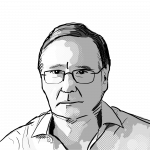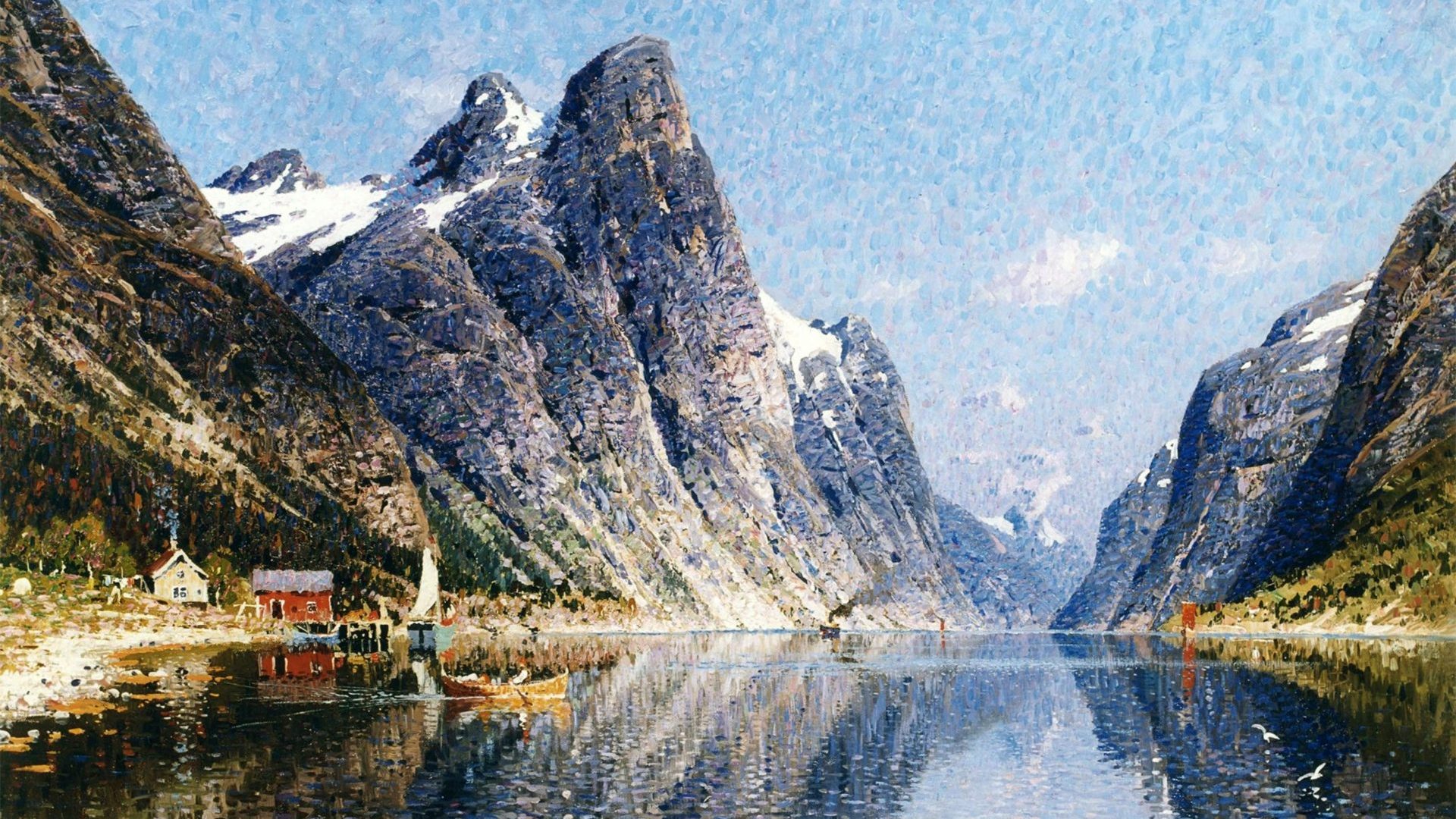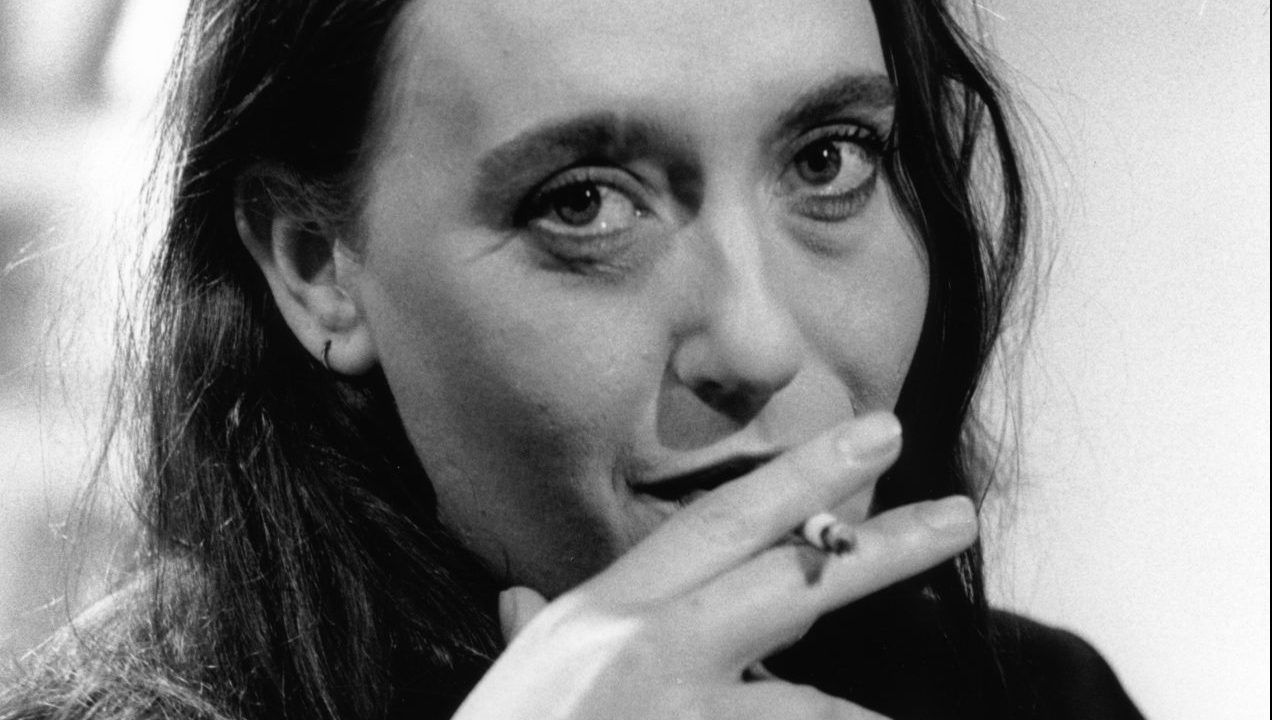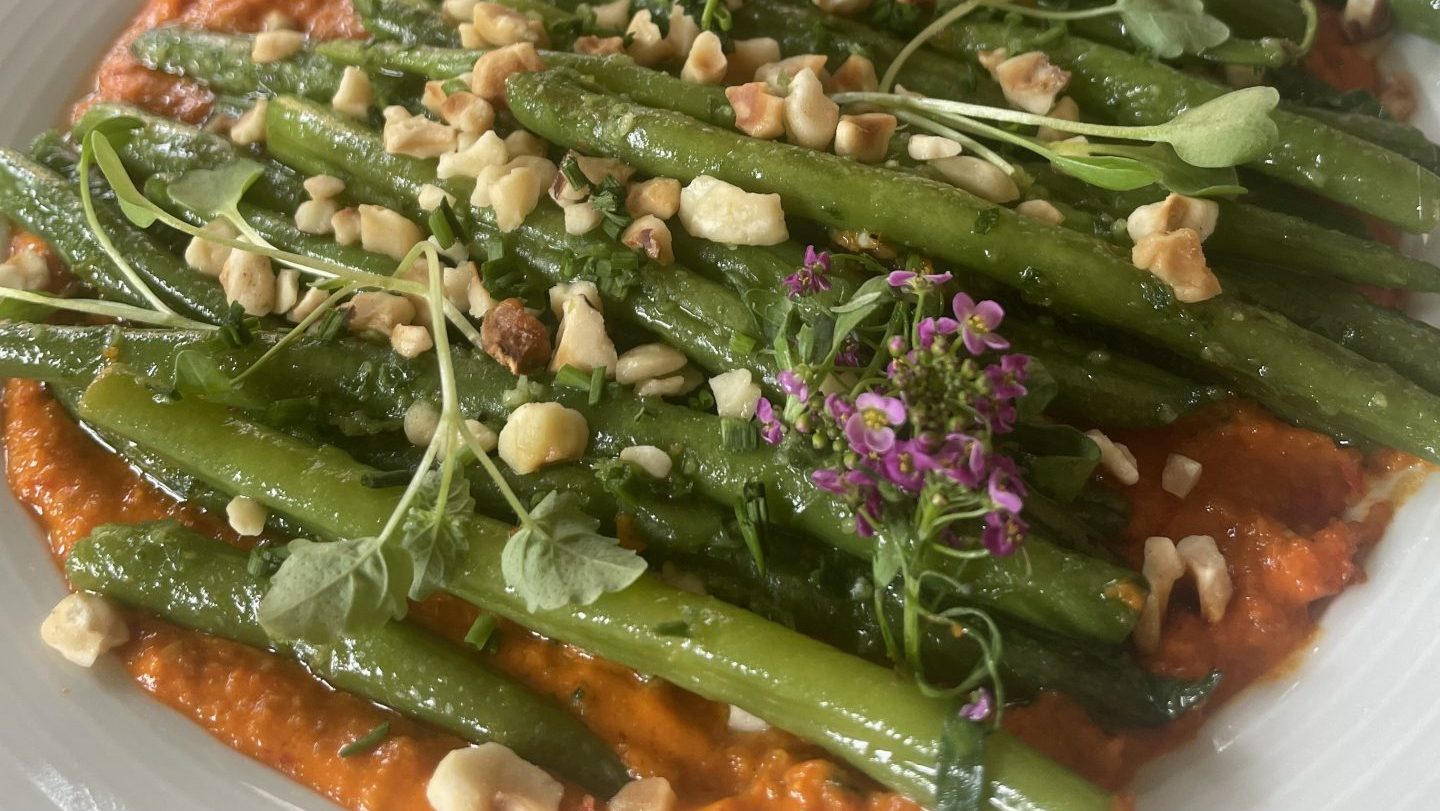The name of Adelsteen Normann may be unknown to all but the most dedicated of art lovers, but in the late 19th century he was one of the most feted Norwegian artists of his day.
Born in 1848 in the town of Bodø, high in the Arctic Circle, his paintings attracted quite a following in Europe, especially in Berlin where he worked for a while.
Imagine, then, the delight of a struggling artist, fellow countryman Edvard Munch, when Normann invited him to show his works at his latest exhibition.
The public flocked to admire Normann’s rugged landscapes with their brooding mountains, fishing boats on glimmering seas, tumultuous skies and tiny settlements dwarfed by vertiginous fjords, but they loathed Munch’s paintings, particularly an uncomfortable vision of a tormented individual entitled The Scream.
Undaunted, Munch abandoned the show and displayed his work in small galleries across Berlin. He made money, he won admirers. His reputation was assured.
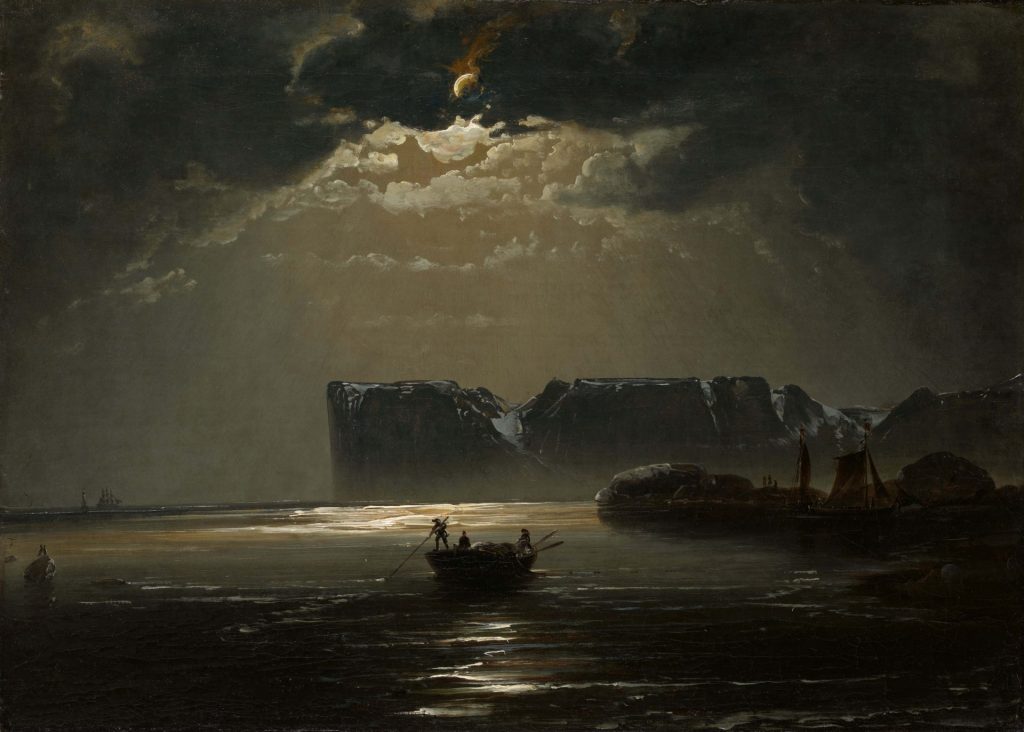
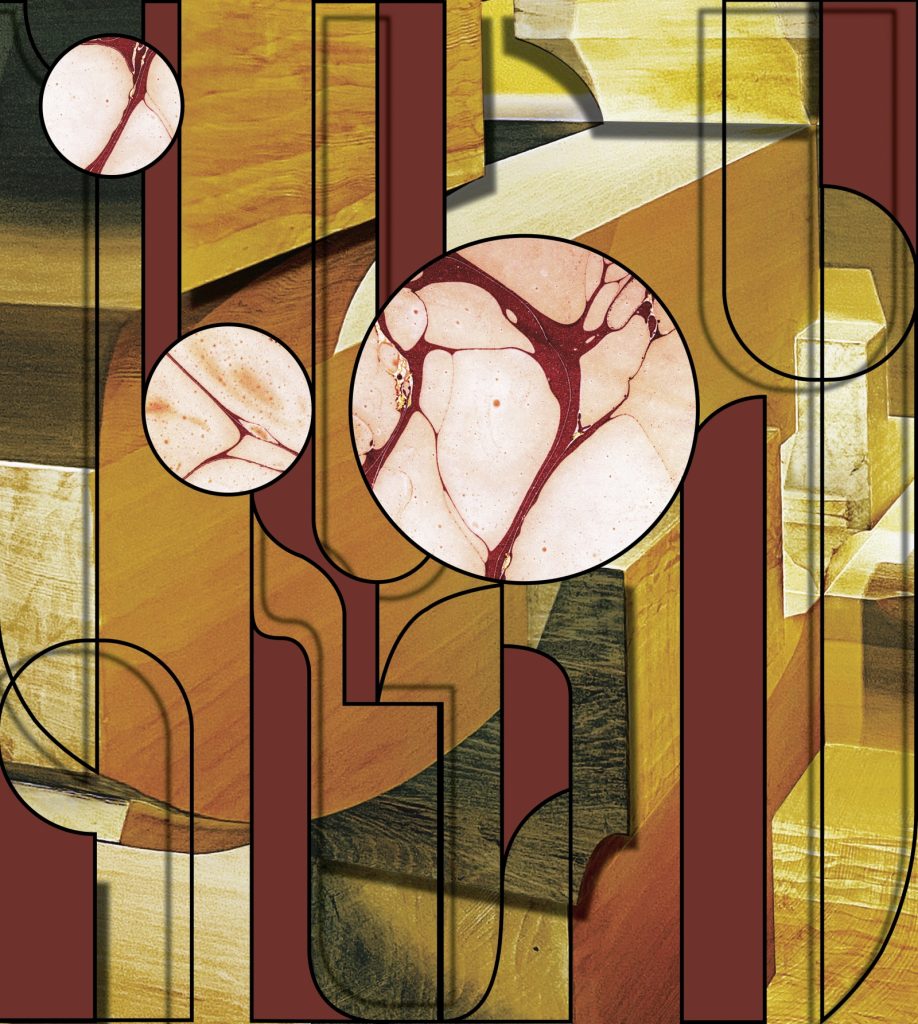
Today his works are displayed in a vast Brutalist edifice on the Oslo waterfront. Quite a contrast to Normann, who has only one painting in the city’s National Gallery.
Maybe his reputation will be restored by his home town’s recognition as the European Capital of Culture 2024.
A small place of 50,000 residents, Bodø was pretty much obliterated by German bombers in the second world war and its buildings replaced by the blandest of postwar architecture – an honourable exception being the library and cultural centre, whose glass and white exterior reflect “the luminosity of the Nordic summer night”. Quite a spectacle when you realise that from June 1 to July 13, the sun never sets in Bodø.
The organisers impressed the judges with their pitch for Bodø’s cultural “ARCTICulation” and the need “to challenge the notion that this is simply a cold region, far from civilisation, only coming alive for a few months each year, when we frolic in the midnight sun, until we descend once again into winter darkness and cold.”
Above all, they hope to transform the town by using some of the £7m awarded to them by the state to develop a new waterfront, and harness the arts to make it more attractive to younger people, who would otherwise be tempted away by the bright lights of Bergen or Oslo.
Central to their ambitions are projects that reflect the region’s heritage, with specific focus on the culture of the Sámi tribes who inhabit the northernmost reaches of Scandinavia and who for centuries have led an itinerant life tending their reindeer herds.
It’s not too much to say it is an emphasis fraught with shame. From the mid-19th century the Sámi were victims of Norwegianisation, which banned the use of the language in schools, eradicated place names and expunged histories so that even today many Sámi have little or no knowledge of their ancestry.
Only in 1963 were they officially acknowledged, and it was not until 1997 that the King of Norway apologised for the way they had been victimised.
The craft of the Sámi is celebrated in Bodø’s newly refurbished Nordland Museum with a display that celebrates their skills in using natural materials such as fur, wool and reindeer hide for blankets and boldly decorated tapestries, wood and antler bone for knives and utensils, birch for knife handles and skis, and tree roots for weaving wicker baskets. Their distinctive blue traditional clothing with red and gold embroidery illustrates the diversity of the tribes, who have each embraced distinct patterns and even different shades of blue.
The gallery has been showing works by contemporary Sámi artists working in film, photography, sculpture and performance, though this focus on the Sámi has been criticised by some TV pundits and journalists, who objected to what they considered the overrepresentation of Sámi culture during the opening ceremony.
One answer to that can be found in the minimalist Noua Gallery where Dan Mariner (son of the late Ipswich, Arsenal and England football international Paul Mariner) and his wife, Marianne Bjørnmyr, run a small space dedicated to contemporary, international art. Currently on show is An Alluring Maquette by London-based Steffi Klenz, staged by Tate curator Michael Raymond, a collection of abstract photographs and collage in bright, hard-edged colours inspired by Japanese design.
To help broaden the horizons of a younger generation whose cultural diet has perhaps been limited to paintings of fishing and fjords, Noua has set itself up as a centre for cultural debate with networks around Europe.
Contemporary work has been a feature of the region for several years as part of the Artscape Nordland project, with sculptures including contributions by Anish Kapoor, Antony Gormley and Tony Cragg, whose offering is seven stones in granite reminiscent of a giant pumice stone, perched on Bodø’s breakwater.
Similarly, the Kjerringøy Land Art Biennale (K-LAB) has chosen eight artists to produce works that relate to their surroundings – though unlike Kapoor and co these are biodegradable and designed to disappear in time.
The Gift, a swathe of seaweed like a fishing net draped between sticks topped by fish bones created by Elin Sundström is already dissolving into the earth. Trading Post by Ted Efremoff is a blackened pole from which people are invited to take an object, say, a shell, but replace it with something else. A collection of objects like stalagmites made of wood, stone and bark stand sentry at the water’s edge in Movements through Landscape by Jette Mellgren.
The aim is to “investigate, transform, reflect and communicate with the landscape”. But they are competing with glorious countryside and crystal clear seas dotted with islands, and it is hard to work out what they add to this natural splendour.
Artist Karl Erik Haar, who owns a gallery in the village of Kjerringøy that is popular with tourists for its charming grass-roofed red and white houses, pretty church and restored 19th-century trading post, tells it, or rather paints it, as it is.
Hear, 83, has lived in the village for 30 years, and his paintings are of precipitous peaks, granite grey mountainsides, forests and meadows, and beaches frosted with snow. He has ventured way into the Arctic to paint scenes of icy landscapes – which are disappearing thanks to global warming – and fishing boats battling high seas, which are being replaced by industrial vessels that gobble up the fish and put thousands out of work.
If Haar has often painted what he sees from his front door, the Bodøgaard Gallery highlights the travels in 1832 of one of the country’s finest painters, Peder Balke (1804-87).
Towards the North is a collection of 20 paintings that are a visual narrative of the majesty and mystery he discovered, such as the aurora borealis shimmering like ethereal cathedral spires of white rising out of the sea in Northern Lights by the North Cape. In Landscape from Northern Norway the sun breaks through over distant mountains and catches the sail of a yacht. In the foreground a fishing boat is cast into shade by an ominous cloud.
The shades of light and dark are sublime, the composition precise. He appears to use minimal content and the sparest of palettes, but such is the intensity of his work that even the smallest pictures exert a pull disproportionate to their size.
Controversially, because representation of the Sámi was rare in the 19th century, he painted Sámi with Reindeer under the Midnight Sky, a marvellously atmospheric image of a herdsman and two animals on a gentle rise framed by needle-sharp peaks and a moon peeking through the clouds to light up the pastures below.
As a complement, From the North is an archive of maps, observations, books and prints spanning 300 years between 1550 and 1850, which is the product of one man’s obsession with the history of the north. Local doctor Terje Øiesvold’s collection tells the stories of early visitors to the region – the adventurers, the scientists, the anthropologists, the simply curious – who braved the harsh climate and the terrifying animal life that lurked in the forests, not to mention the alien people they encountered. A Dutch explorer in 1694 wrote of “the heathenish Gods of the Laplanders” and another of “a kingdom of coldness and darkness that led to hell where there were witches and sorcerers”.
But what of Adelsteen Normann, whose career overlapped that of Balke? His fate is to be hung in a former council leader’s house in Bodø, sharing space with tables and chairs arranged as for a meeting and, bizarrely, stacks of vintage radiograms and gramophones. The curtains are left half-drawn, letting bright sunlight beam in on the paintings.
Superstar Michael Jackson owned one of his paintings, but it seems the burghers of Bodø do not share the singer’s enthusiasm. A new museum will open in the city later this year, but with no plans to house Normann. Maybe it’s because he is romantic and old-fashioned; but he is a local man.
His paintings speak for Bodø. He deserves better.
Bodø2024 events continue for the rest of the year. Details at kulturkalender.bodo2024.no

